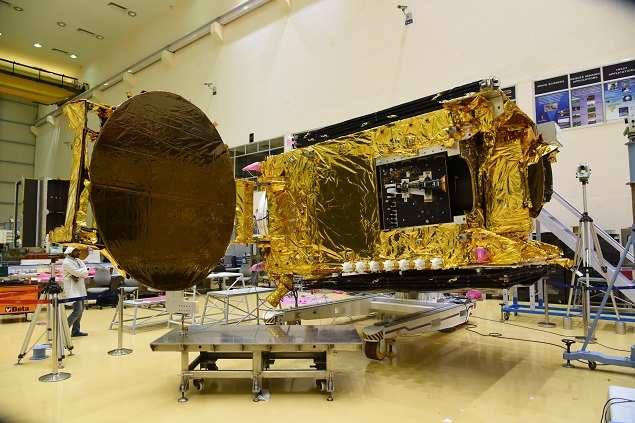Indian Space Research Organisation's (ISRO) second mission of the year to place an earth observation satellite (EOS-3) by a GSLV rocket faced a setback. EOS-03 is the first state-of-the-art agile Earth observation satellite which was be placed in a Geosynchronous Transfer Orbit by GSLV-F10, as per ISRO. The GSLV-F10 mission was launched from Satish Dhawan Space Centre (SDSC), Sriharikota at 5:43 am on 12th August,2021. Performance of first and second stages was normal but the mission could not be accomplished fully upon technical anomaly in the cryogenic stage.
Later, ISRO Chairman K Sivan said, "(The mission) could not be fully accomplished mainly because there is a technical anomaly observed in the cryogenic stage. This I wanted to tell to all my friends."
The objective of this mission was to provide near real time imaging of large area region of interest at frequent intervals, for quick monitoring of natural disasters, episodic events and any short term events, and to obtain spectral signatures for agriculture, forestry, water bodies as well as for disaster warning, cyclone monitoring, cloud burst/ thunderstorm monitoring, etc. This launch was planned to take place in April-May but was pushed to August due to the COVID-19 outbreak.
As the news became public, netizens lauded ISRO and wished the space agency luck for its future missions.



